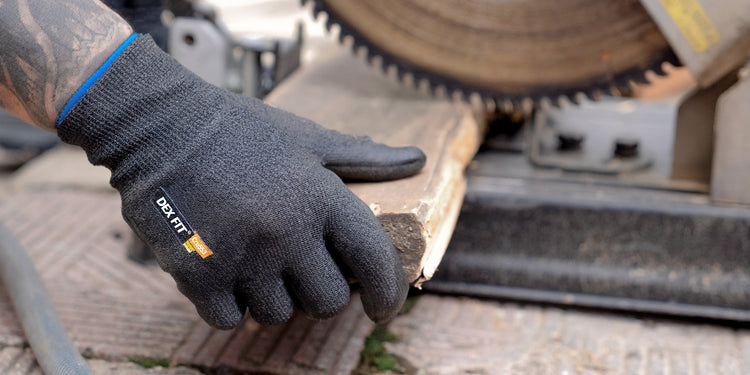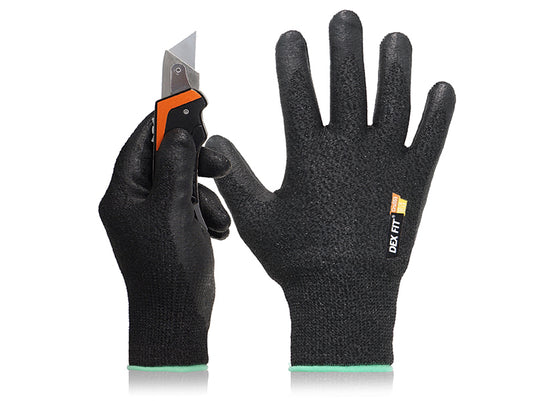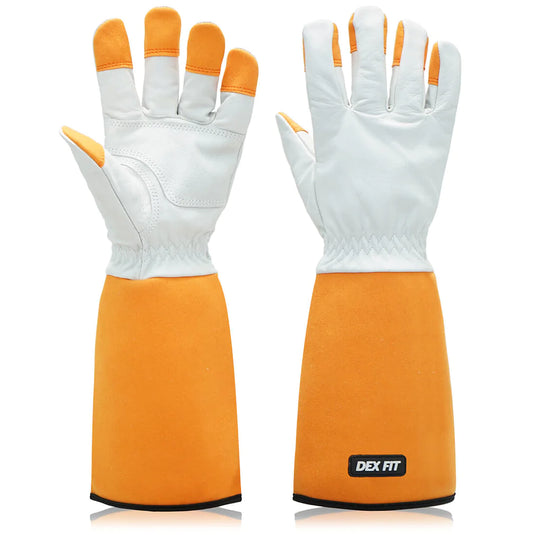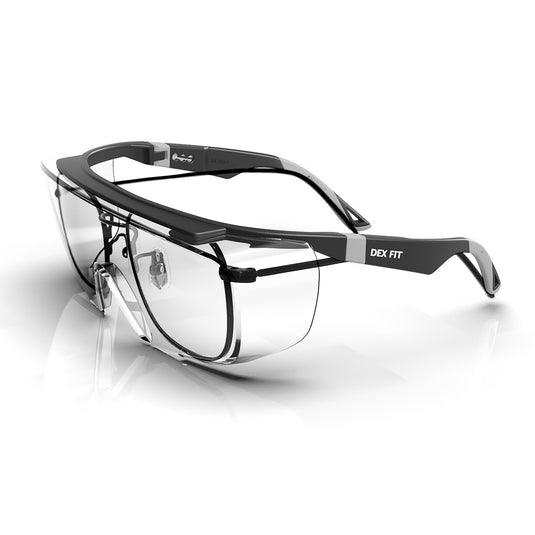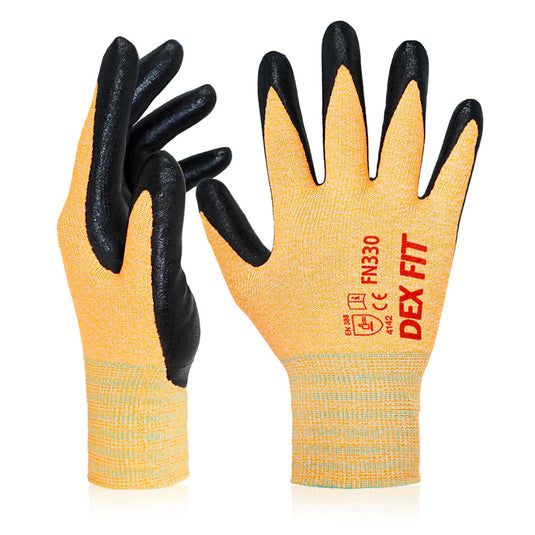Work gloves have been a staple in different industries for many years. They are a part of an extensive category of personal protective equipment, also known as PPE, which protects hands from being damaged by sharp objects, projectiles, heat and chemicals, work equipment, and contaminants. They protect your fingers, palms, and wrists by preventing wounds, blisters, and skin damage.
Although gloves are a necessity, it is crucial to not be stuck with the wrong pair. The most common problem encountered when deciding on which glove to purchase is that many of us do not know what to look for in finding the best work gloves.
Why is it necessary to wear work gloves? 25% of all accidents in the workplace occur when work gloves are not being worn, causing damage to fingers and hands. It is very important to wear quality and comfortable gloves at work in order to protect your hands from accidents.
How to Choose the Right Ones for the Job
As much as gloves are important to wear while on the job, it is equally important to know which gloves are right for you based on your needs! Here are three things to consider in choosing the perfect gloves for you:
- Take a look at your work responsibilities and from what things you need protection.
Depending on the function of the work glove and the environment you will wear them in, there are various types, materials, and features that are important to consider. Mechanic gloves, nitrile gloves, and cut-resistant gloves are a few of the different types of work gloves available. Winter work gloves can keep your hands warm if you work in cooler temperatures. Work gloves can be made from fabrics, leather, rubber, and nitrile.
The chart below lists a few industries and recommends which glove type may be appropriate to wear while working:

- Check the ANSI & EN 388 work glove standards to find out the level of protection it offers.
The protection levels of work gloves are evaluated by two major global standards: ANSI (U.S. Standard) and EN 388 (EU Standard). These two standards make use of different tests in order to measure the glove fabric’s abrasion, cut, tear, and puncture resistance. You can find the results of these tests by looking at the symbol found on the gloves. If you encounter gloves without the symbol located on the glove and/or label, they may not be safe for professional use as they have not been officially evaluated. Understanding these important standards will help you make a better choice when buying work gloves. Depending on the job you are going to do, different levels may be suitable for you.
See Cut Ratings Explained: How to Check Cut Ratings and Choose the Best Work Gloves for a better explanation of the various cut ratings of work gloves.
- Check which threads the gloves use.
There are two types of threads most commonly used in making work gloves. Aramid (Kevlar) has high thermal resistance with a decomposition temperature of 800 to 900℉ and is about 10 times stronger than steel. Thus, it is extensively used to protect hands from burns and cuts. HPPE is lightweight but has 15 times the strength of steel and is hyper-durable, also making it resistant to abrasion. The type of work that you do will help you choose which thread is better for your protection.
Remember, no matter what type of job you have, it is important that you always wear the proper protective gear for your safety. You can browse through the different types of gloves found on our website that will best suit your wants and needs.

